Can you imagine life without coleslaw? Yeah, neither can we. But there is so much more to cooking than that. We are talking about cabbage, of course. From cabbage rolls, salads or casseroles, this multi-layered vegetable is quite popular. And while you may think it is easy to find it all year round, that is not actually true.
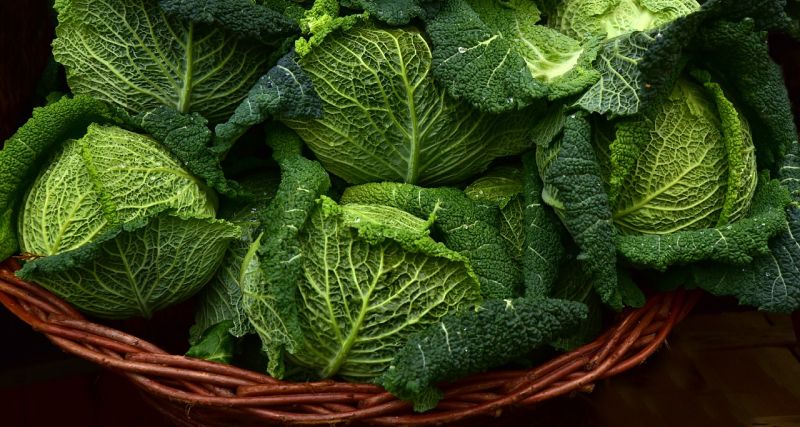
Cabbage picking season happens once a year, in autumn. The cabbages you buy at that time should be truly fresh. So, what about the rest of the months? If you are wondering how you could preserve cabbage, you found the right article to read.
Can you freeze cabbage? What are the best ways to freeze it? How can you thaw frozen cabbage? These questions and more find their answers below. Keep reading to know it all.
Can You Freeze Cabbage?
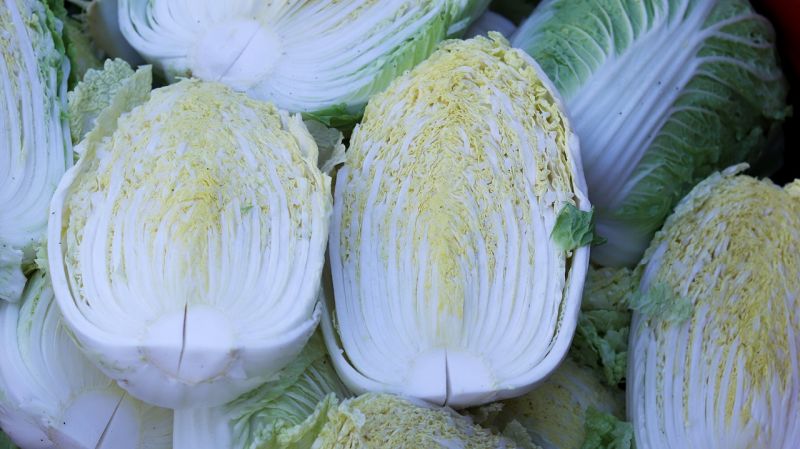
Cabbage is an accessible and nutritious vegetable. However, its shelf life may not be very long and that is a bummer. A fresh cabbage head can survive in the produce section of your refrigerator for about two weeks. You have to wrap it very tight in plastic foil though, to protect it.
Once you cut the cabbage, you should consume it in two or three days tops. After that, you will see the signs of the veggie going bad, with the leaves shriveling. As for cooked cabbage, this can be safe to eat for three to five days, but you should keep it covered and refrigerated.
So how can you prolong its shelf life and nutritious properties for longer? Can you freeze cabbage?
The answer is yes, you can freeze cabbage. The process is pretty simple, so even a kitchen newbie can handle it. Down below, we will give you all the details on the preparation steps needed to freeze cabbage like a pro.
Why Should You Freeze Cabbage?
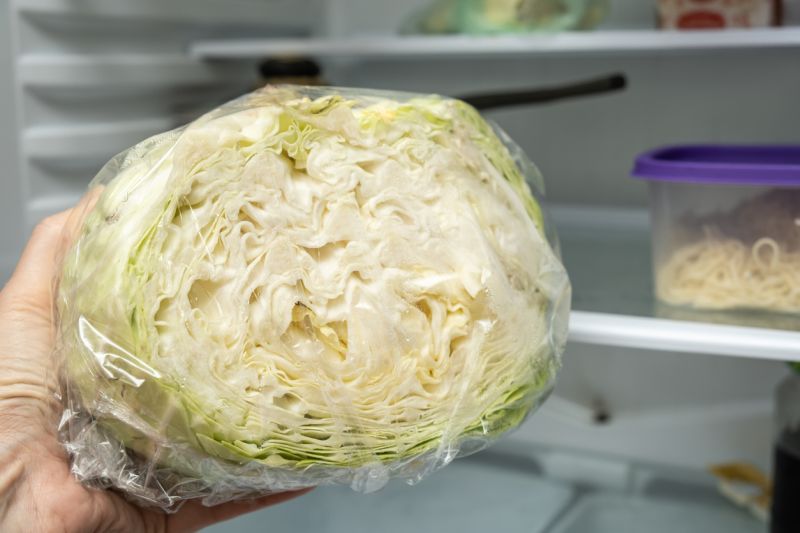
Your grandparents or the generations before were perhaps used to making provisions. Saving some vegetables or preserving fruits for the winter or for the drought season. Nowadays, we have everything available in supermarkets all year round. So that tradition seems rather unnecessary to us. So, why should you actually consider freezing cabbage?
Firstly, because preserved cabbage can save you a trip to the supermarket. Imagine you crave some coleslaw and you do not really feel like leaving the house. Or given the restrictions nowadays, perhaps you avoid trips to the supermarket often. If you have cabbage in the freezer already, you just need to thaw it and prepare it.
Secondly, you can put fresh cabbage to freeze and enjoy it all year round. Knowing that cabbage is at its best in autumn only can make you think twice. So instead of buying a partially shriveled one from the market, you can just go to your frozen stash.
Also, preparation for freezing includes cleaning and chopping cabbage. That means cooking it after it is all thawed will be time-saving and rather effortless.
How To Freeze Cabbage?
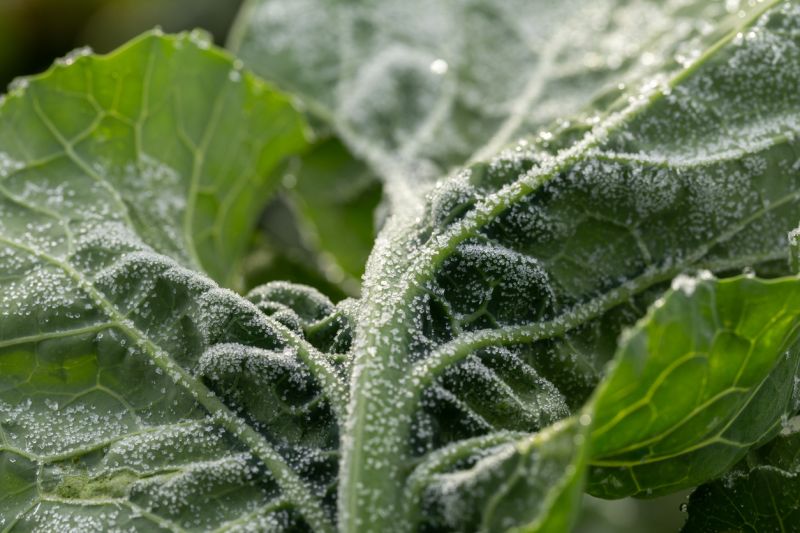
There are several steps to go through before you can freeze cabbage. They depend on whether you have raw or cooked cabbage, and if you want to freeze cabbage whole or chopped. Also, the blanching step is optional, but recommended.
HOW TO FREEZE RAW CABBAGE
- Begin by thoroughly rinsing the cabbage, to take out the dirt and any insects. Remove the outer leaves that might be fully or partially shriveled. Allow the cabbage to soak in cold water with a dash of salt for about half an hour, to chase all bugs out from the leaves. Shake it well and dry it as much as possible. The more water infiltrates among the leaves, the more frostbite can affect the leaves.
- Leave the cabbage head whole or cut it in pieces, as you prefer. If you wish to preserve it for using it in salads or soups, you can go ahead and dice it or chop it. For cabbage rolls, quarters or wedges of a cabbage head are usually recommended. In case you have not decided yet, go for the wedges, as this allows you to chop it smaller after if needed. Try to leave the core part intact, as this keeps the leaves together. If you opt to freeze your cabbage whole, remember it will take longer to thaw and occupy more space in the freezer.
- Blanch your cabbage. This step is not mandatory, but it makes a great difference in increasing the life of your frozen cabbage, so to say. Raw cabbage can last in the freezer for up to eight weeks, while the blanched version goes up to nine months. Blanching is simple and quick, no worries.
Fill up a pot with water and put it boiling. Once the water boils, drop your chopped cabbage or wedges inside. You should leave it to blanch for 90 seconds if it is as leaves or chopped. Wedges should stay in the boiling water for three minutes. After the time is up, take the cabbage out and put it immediately in another pot with ice cold water. This thermal shock will stop the cooking process and ensure your cabbage is all set for freezing. Leave it to cool for a few minutes, then take it out and dry it.
- Once your cabbage is all dry (blanched or not), place it in a freezer bag and seal it well, taking air out as much as possible. Depending on the size, it can take a few hours or a whole night until your cabbage is fully frozen.
- If you want to make it easier to unfreeze or simply to take out a smaller amount of cabbage, add the pre-freezing step. That means that once your cabbage is dry, you spread it on a baking sheet and leave it in the freezer for about 6-8 hours. The “individual” freezing prevents the pieces from glueing together. So you do not have to thaw a huge chunk of diced cabbage later on. Once your diced cabbage or wedges get solid (leave them overnight in the freezer if it is easier), wrap them. Put them in a sealing bag and back to the cold.
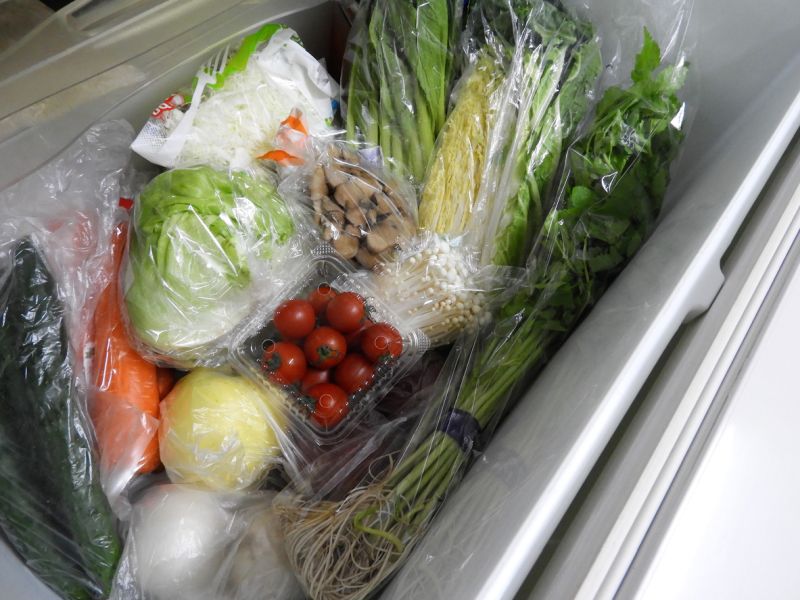
HOW TO FREEZE COOKED CABBAGE
- If you have cooked cabbage and you think you will not be able to consume it in about five days, consider freezing it. Preparation is a no-brainer, all you have to do is to put it in a freezer-safe airtight container or bag. Seal it properly and that is all. You can leave it in the freezer for up to 12 months.
How To Thaw Frozen Cabbage?
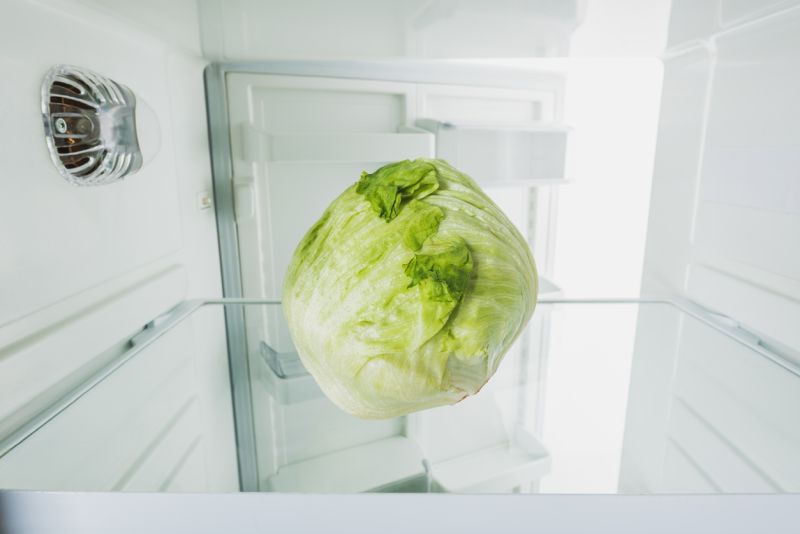
If you want to use frozen raw cabbage to make cabbage rolls or some coleslaw, thaw it in the fridge for a couple of hours. You will get the best results and keep it safe for consumption.
If you are in a rush, you can also unfreeze it in the microwave, but you will have to cook it and eat it right away.
For soups or casseroles, you can throw your frozen cabbage right in the pot, with no need for thawing. Yes, it is that simple.
If you have cooked cabbage to unfreeze, leave it in the refrigerator to thaw slowly. Make sure you consume it in the next 3-5 days, to enjoy its best taste and properties.
Ways To Use Frozen Cabbage
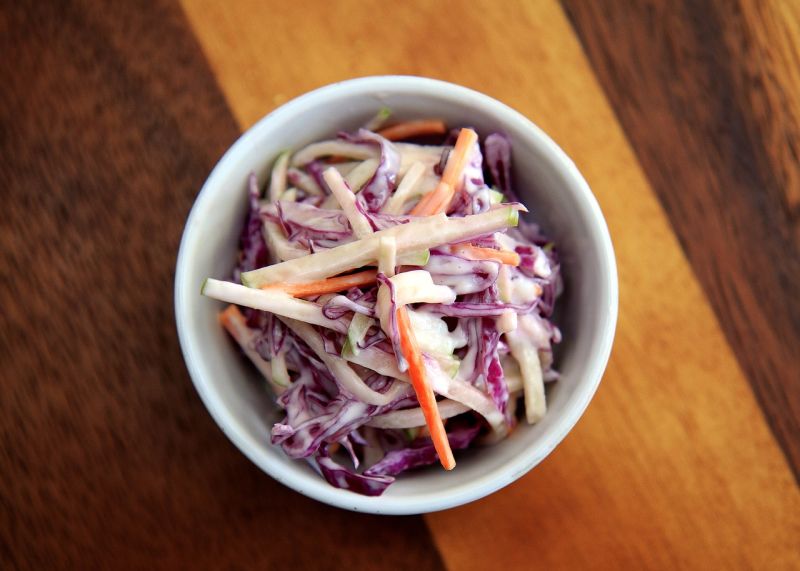
So, it is pretty obvious that you can freeze cabbage with ease and then cook it in no time, even without thawing. From salads to casseroles, there are options galore out there. Dare to get creative and try out new recipes, you might be pleasantly surprised by how well cabbage fits in.
Here comes a mouthwatering idea for a crunchy coleslaw. Learn how to prepare a creamy rich dressing and what is the best way to combine the ingredients. This delicious mix might be your next guilty (or not) pleasure. Use it to match your burgers, hot-dogs or to turn a plain sandwich into a delicacy. Do not take our word for granted, let your taste buds decide!
Sharing is caring, they say. Or in this case, sharing is inspiring to others. So, let us know in the comments some of your favorite recipes and how you incorporate frozen cabbage in the mix. We would love to hear more of your ideas!
